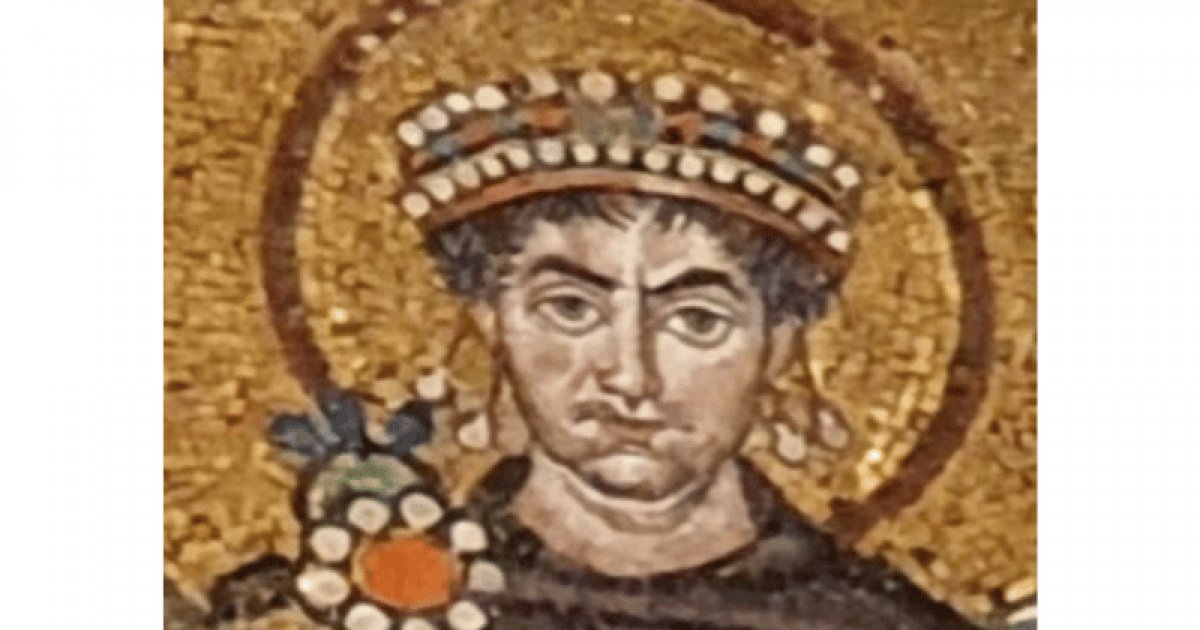MAUSOLEUM OF THEODORIC, History
 Language: English / USA
Language: English / USA
Hi, my name’s Rick, and I’m your personal guide. Along with MyWoWo, I’d like to welcome you to one of the Wonders of the World: the Mausoleum of Theodoric.
To fully understand the importance of Theodoric's Mausoleum, it is helpful to know a little about the history of the great personage for whom it is named.
Flavius Theodoric was the son of the king of the Ostrogoths, Theodemiros, who in 461, had allied himself with the Eastern Roman emperor Leo the Great.
You should know that in those days, when alliances were made between peoples, it was customary to entrust the ally with one of their descendants as a guarantee of loyalty.
Thus, young Theodoric, at the age of seven, was placed in the care of the Byzantine emperor's court and moved to Constantinople, where he received an excellent education.
A good relationship was established between the young Ostrogoth and the emperor, so much so that eight years later Theodoric was able to return to his homeland, remaining loyal to the emperor at all times.
Upon his father's death in 474, he became king of his people. As the head of the Ostrogoths he was behind several successful military campaigns against the enemies of the Eastern Roman Empire, and this enabled him to obtain important political and military positions within the Byzantine court.
When Leo the Great died, Emperor Zeno, who had little sympathy for Theodoric, came to power. In time, however, he had to recognize the strategic importance of having him as an ally rather than an enemy, so he granted him rule over some provinces of the Eastern Roman Empire located in Italy, which at the time were under the control of the king of the Heruli, Odoacer.
Eliminating the opponent was not easy. Theodoric, in fact, took about four years to dispose of his opponent, who was eventually killed with trickery.
During the years he ruled Italy, establishing his court in Ravenna, Theodoric knew how to govern in a balanced way, by respecting the Roman citizens who continued to follow the laws of the empire and their beliefs.
The Ostrogoth king also built and restored important public works such as defense systems, palaces, and aqueducts.
In Ravenna in particular, he had his palace erected next to the Basilica of Sant’Apollinare Nuovo and had a mausoleum built where his mortal remains would rest for eternity.
An interesting fact: In order to defeat Odoacer, Theodoric tricked him by pretending that he wanted to form an alliance with him to share power. A few days later, however, during a banquet, he killed him and exterminated his family.



